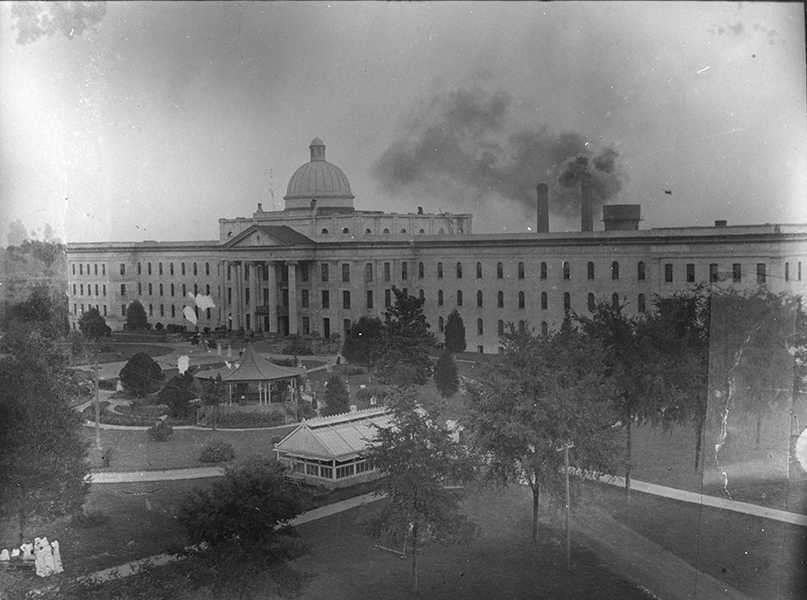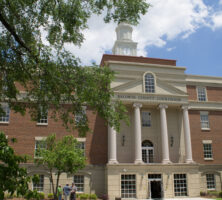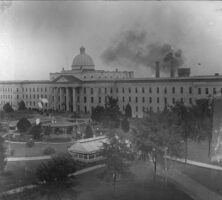Within the borders of Baldwin County in central Georgia are some of the region’s most important historical landmarks. In 1807, just four years after the county was formed, Milledgeville, the county’s largest trading center, became the state’s new “frontier” capital. Since then, Baldwin County has continued to play an important role in the annals of Georgia history.
Created out of the land lottery of 1803, Baldwin County is named for Abraham Baldwin, an early and influential U.S. senator from Georgia. Georgia’s legislators acquired the land for Baldwin, Wayne, and Wilkinson counties through a treaty established with the Creek Indians. Today, Baldwin County occupies 258 square miles and borders five other counties: Hancock, Jones, Putnam, Washington, and Wilkinson. Almost immediately after the county’s formation, Georgia’s legislators chose it as the location of a new capital city to be known as Milledgeville, named after Georgia governor John Milledge.
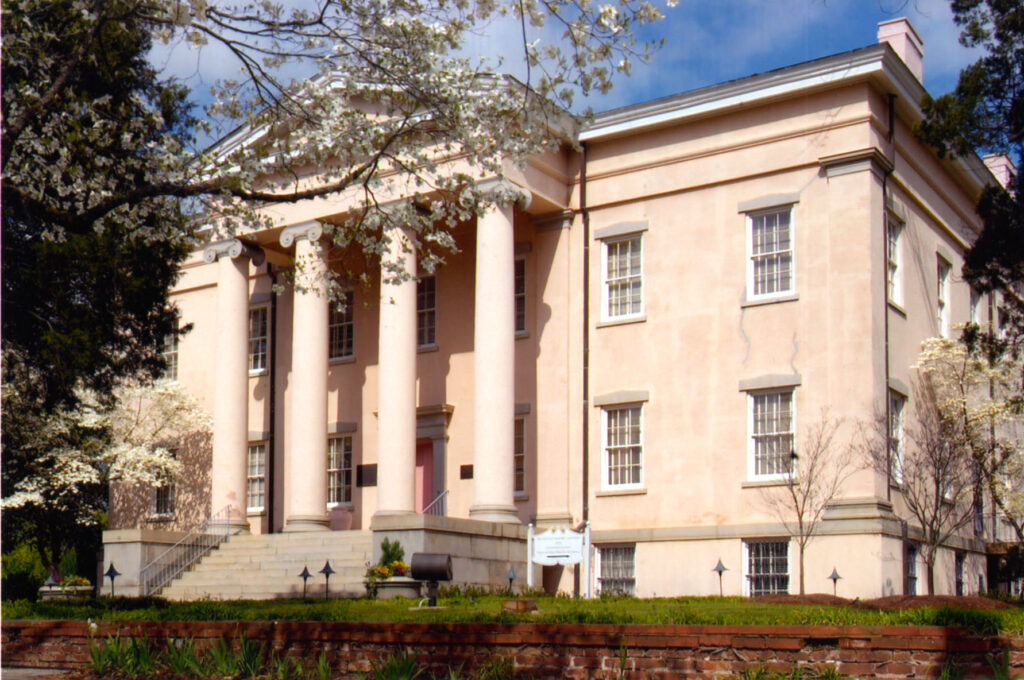
Because of its central location within the state and its abundant supply of water, Milledgeville grew rapidly into a bustling frontier settlement. Only two cities in the nation—Milledgeville and Washington, D.C.—can boast the distinction of being originally designed and planned as cities to house seats of government. On November 2, 1807, the state legislature held its first session in the newly completed statehouse in Milledgeville. Georgia’s first state penitentiary was also established within the historic city limits of Milledgeville in 1817, on land now part of the campus of Georgia College and State University. In 1837 the General Assembly provided for the establishment of the state’s first mental asylum, today known as Central State Hospital.
When the state of Georgia seceded from the Union in January 1861 during a legislative session held in Milledgeville, Baldwin County became a target for Union forces. In Union general William T. Sherman’s devastating march to the sea, his troops occupied Georgia’s capital city in November 1864. Sherman and his Union armies burned the state penitentiary, vandalized the city, and even held a mock session of the legislature in the statehouse to repeal the state’s ordinance of secession. In 1868, after the Civil War (1861-65), Georgia’s capital was moved from Milledgeville to its present location in Atlanta.
Today Milledgeville is home to two institutions of higher education: Georgia College and State University and Georgia Military College. Founded in 1889 as the Georgia Normal and Industrial College for Women, Georgia College and State University has since grown to become the state’s premier public liberal arts university. Georgia Military College, founded in 1879, now occupies the Old Capitol Building.
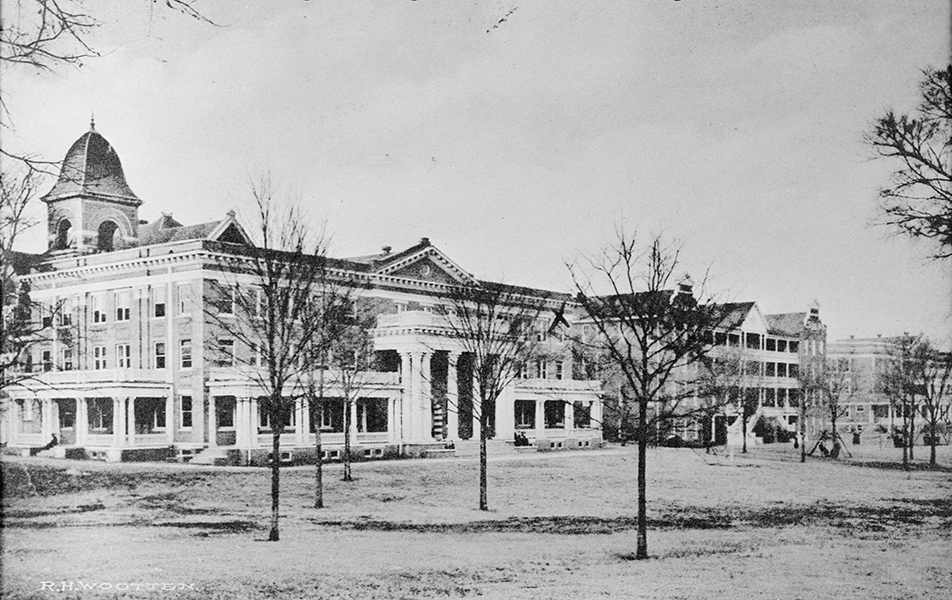
Many of Georgia’s most notable residents have called Milledgeville home. U.S. representative Carl Vinson, who served for fifty years in the U.S. Congress, was born in Baldwin County. Comedian Oliver Hardy began his career in the Milledgeville Opera House. Acclaimed novelist and short-story author Flannery O’Connor wrote many of her works while living in Milledgeville. O’Connor is buried in her family plot in Milledgeville’s historic Memory Hill Cemetery.
In addition to the Old Capitol and Governor’s Mansion, visitors to Baldwin County can explore Andalusia, O’Connor’s family farm; Milledgeville’s historic district; and the Lockerly Arboretum, a botanical garden and nature education center that hosts the Lockerly Heritage Festival each fall.
According to the 2020 U.S. census, Baldwin County’s population is 43,799, a decrease from the 2010 population of 45,720.








